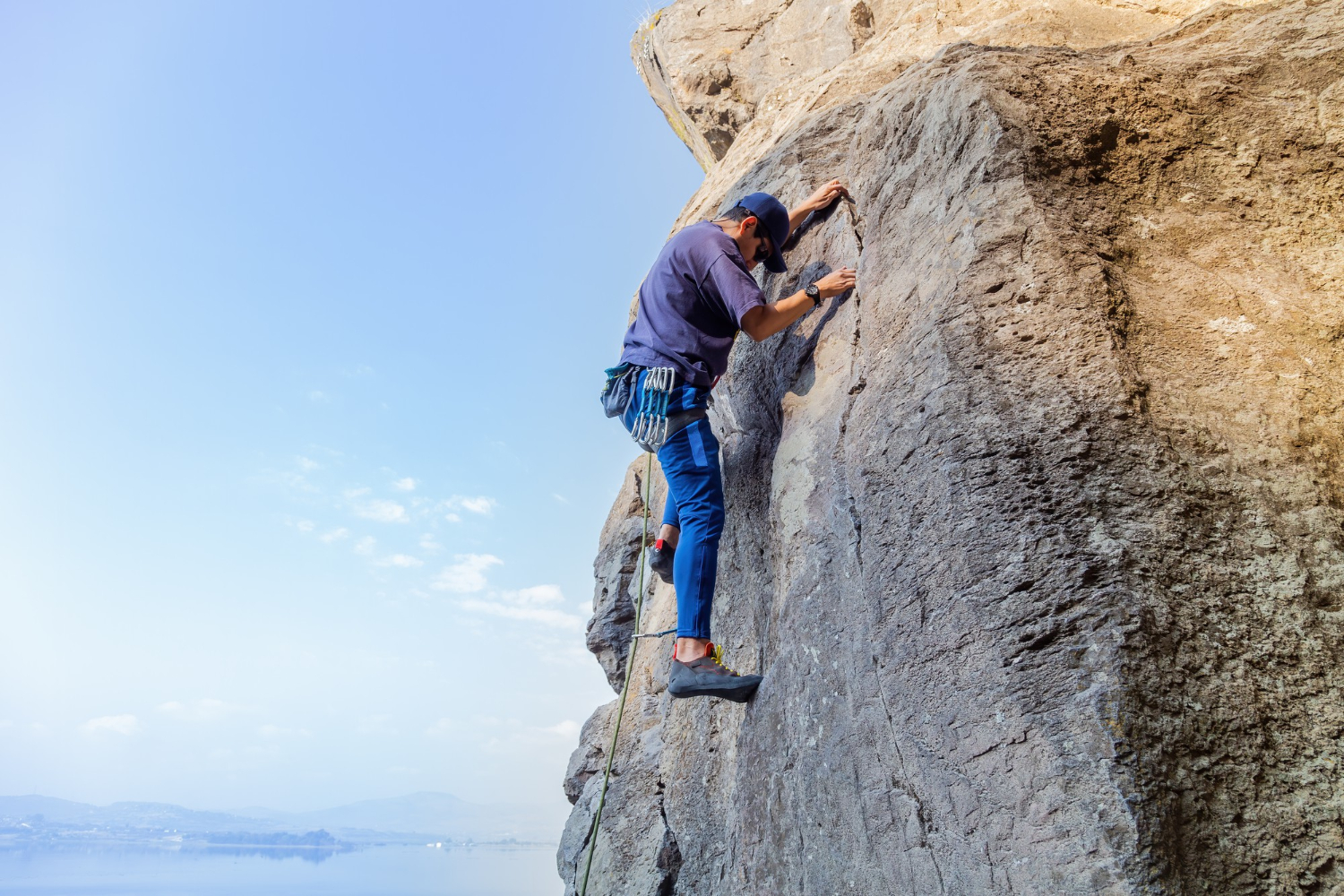Bouldering Unveiled: From Origins to Ascent
Bouldering, a distinct form of rock climbing, has grown in popularity over the years. Unlike traditional rock climbing, bouldering does not involve ropes or harnesses. Instead, climbers use climbing shoes to help secure footholds and chalk to keep their hands dry. This article delves into the history, techniques, and benefits of bouldering, offering a comprehensive understanding of this unique sport.
Tracing the Origins of Bouldering
Before we dive into the techniques and intricacies of bouldering, it’s essential to understand its roots and how it evolved over time.
- Historical Background: Bouldering’s origins can be traced back to the early 20th century in the United Kingdom. Initially, it was practiced as a training method for mountaineering. Over time, bouldering emerged as a standalone sport, with enthusiasts seeking out natural rock formations to challenge their skills.
- Evolution and Popularity: From its humble beginnings, bouldering has witnessed a surge in popularity, especially in the late 20th and early 21st centuries. The introduction of indoor climbing gyms played a significant role in making the sport accessible to a broader audience.
Bouldering’s history is a testament to its enduring appeal and the human desire to conquer natural challenges. Its evolution from a training method to a global sport showcases its adaptability and growing fan base.
Techniques and Grades in Bouldering
Like any sport, bouldering has its techniques and grading systems that climbers need to be familiar with.
- Basic Techniques: Bouldering techniques vary based on the type of climb and the climber’s experience. Some fundamental techniques include smearing, where climbers use the rubber sole of their shoe to gain traction, and flagging, where one leg is extended to maintain balance.
- Grading Systems: Bouldering routes, known as “problems,” are graded based on their difficulty. The V-scale, used primarily in the U.S., ranges from V0 (easiest) to V17 (most challenging). Another popular system is the Fontainebleau system, used mainly in Europe.
Understanding the techniques and grading systems in bouldering is crucial for both novice and experienced climbers. It allows them to gauge their progress and set achievable goals.
Essential Equipment for Bouldering
While bouldering is distinct for its lack of ropes and harnesses, it does require specific equipment to ensure safety and enhance performance. Let’s delve into the essential gear that every boulderer should consider.
- Climbing Shoes: The cornerstone of any bouldering kit, climbing shoes are specially designed to provide grip on rocky surfaces. They fit snugly and have a rubber sole that maximizes friction. The type of shoe (aggressive, flat, or downturned) can vary based on the climber’s preference and the nature of the climb.
- Chalk and Chalk Bag: Sweaty palms can be a climber’s nemesis. Chalk is used to absorb moisture and provide a better grip on the rock. It’s typically stored in a chalk bag that can be easily accessed during climbs.
- Crash Pads: Since bouldering involves climbing without ropes, crash pads are essential for safety. These thick, cushioned mats are placed at the base of a boulder to protect climbers from injuries in case of a fall.
- Bouldering Brush: Over time, climbing holds can accumulate dirt, chalk, and natural debris. A bouldering brush is used to clean these holds, ensuring a better grip and preserving the rock’s natural state.
- Climbing Tape: This tape is used to protect fingers and hands from cuts and abrasions. It can also provide additional support to fingers that might be strained or injured.
Table. Essential Bouldering Equipment
| Equipment | Purpose |
|---|---|
| Climbing Shoes | Provide grip and protect feet |
| Chalk & Bag | Absorb moisture and enhance grip |
| Crash Pads | Safety measure to cushion falls |
| Bouldering Brush | Clean climbing holds |
| Climbing Tape | Protect and support fingers and hands |
Equipping oneself with the right gear is paramount in bouldering. Not only does it enhance performance, but it also ensures safety, allowing climbers to focus solely on the ascent and the challenges it presents.
The Benefits of Bouldering
Beyond the thrill of the climb, bouldering offers numerous physical and mental benefits.
- Physical Gains: Bouldering is a full-body workout that enhances muscle strength, flexibility, and endurance. Regular practice can lead to improved cardiovascular health and overall fitness.
- Mental Rewards: The sport also offers mental benefits, such as improved problem-solving skills, increased focus, and stress relief. The act of deciphering a route or “problem” can be likened to solving a puzzle, requiring both physical and mental agility.
All in all, Bouldering is a holistic activity that offers a myriad of benefits to its practitioners. Whether you’re seeking physical fitness or mental clarity, bouldering has something to offer.
Final Thoughts Bouldering, with its rich history and multifaceted benefits, continues to captivate enthusiasts worldwide. Its unique blend of physical challenge and mental stimulation makes it a sport worth exploring. Whether you’re a seasoned climber or a curious beginner, the world of bouldering awaits your ascent.

